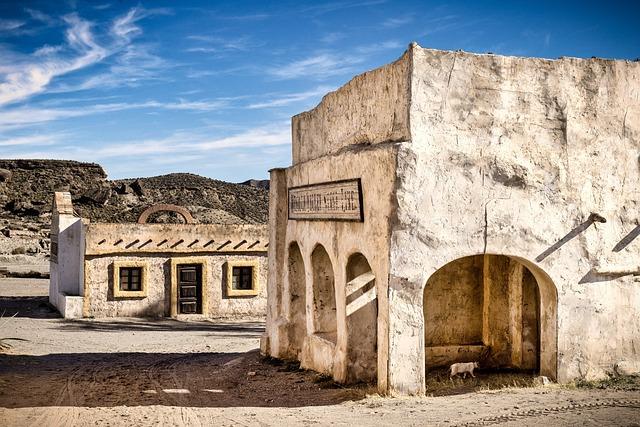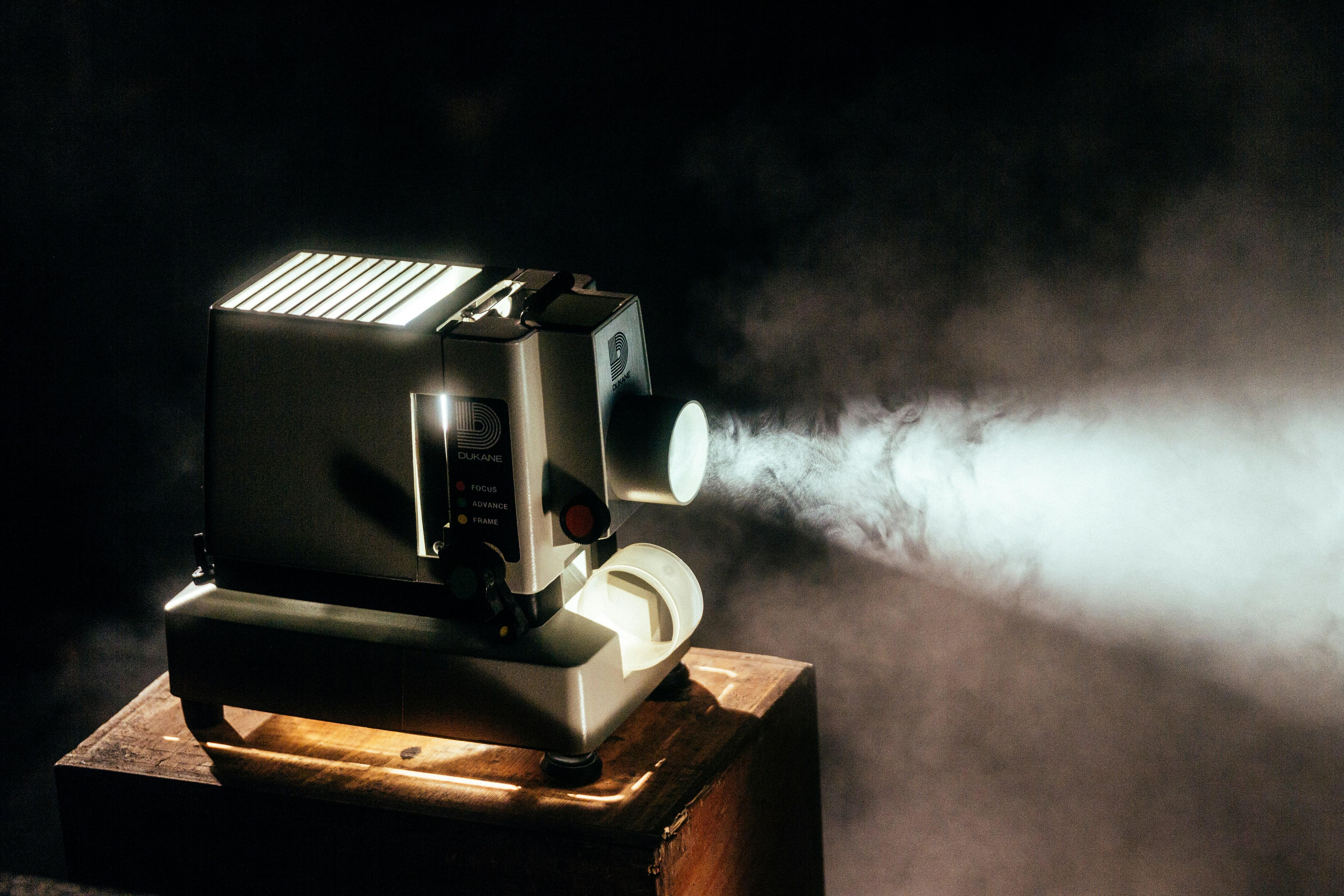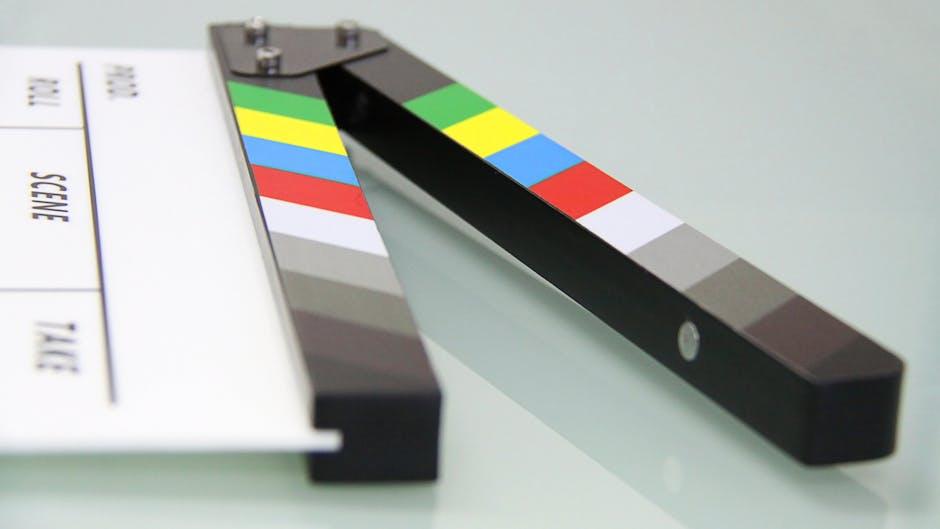In the shimmering world of cinema, where imagination knows no bounds, movie sets have long been the canvas upon which stories are painted. Yet, as technology advances and budgets balloon, a question emerges from the shadows of the silver screen: Are these increasingly elaborate sets enhancing our cinematic experience, or are they casting a distracting spell that detracts from the heart of storytelling? As directors and designers vie to outdo one another in crafting visual spectacles, we delve into the delicate balance between artistry and excess, exploring whether the grandiosity of modern film environments is a boon or a burden to the narratives they seek to serve.
The Allure of Grandeur: When Visuals Overshadow the Narrative
In an era where blockbuster films boast budgets that rival small nations, the scale and splendor of movie sets have reached unprecedented heights. The lavish attention to detail, while breathtaking, often raises a crucial question: are these visual spectacles overshadowing the story? Filmmakers today are armed with cutting-edge technology and seemingly limitless resources, allowing them to create worlds that are visually stunning yet sometimes leave narratives feeling secondary.
- Visual Complexity: Immersive settings can captivate audiences, but intricate designs risk diverting attention from character development.
- Technical Mastery: Advanced CGI and elaborate sets can create stunning backdrops, yet they may also detract from emotional depth.
- Balancing Act: The challenge lies in harmonizing grand visuals with compelling storytelling, ensuring neither element overwhelms the other.
Ultimately, the magic of cinema should lie in the seamless integration of sight and story, where each element enhances the other, crafting a cohesive and engaging experience.

Crafting Worlds: Balancing Spectacle with Substance
In the pursuit of cinematic grandeur, filmmakers often find themselves navigating the delicate art of balancing visual spectacle with narrative depth. Elaborate movie sets can undeniably enhance the viewer’s experience, immersing them in worlds both familiar and fantastical. However, when the visual elements overshadow the storyline, the essence of storytelling may be compromised. The challenge lies in creating environments that complement the narrative rather than distract from it.
- Immersive Experience: Sets should enhance the emotional and thematic undertones.
- Story First: Visuals should serve the plot, not the other way around.
- Balance is Key: Crafting a seamless blend of aesthetics and storytelling.
As filmmakers continue to push the boundaries of visual design, the importance of maintaining this equilibrium becomes increasingly significant. Artful storytelling relies on a symbiotic relationship between narrative and spectacle, ensuring that neither element overshadows the other, but instead, they work in harmony to create a compelling cinematic journey.

The Cost of Complexity: Budget, Time, and Creative Focus
The allure of intricate movie sets is undeniable, yet their growing complexity often comes at a significant cost. Budget constraints can become a major hurdle, as elaborate designs demand substantial financial resources. This can lead to difficult choices, where funds are diverted from other crucial areas such as character development or script refinement. The pursuit of visual grandeur may inadvertently sacrifice narrative depth, leaving audiences dazzled but not moved.
Time management is another critical factor affected by complex sets. Elaborate designs require extended build times and meticulous attention to detail, often causing delays. These setbacks can compress shooting schedules, forcing creative teams to rush through essential scenes. Furthermore, the emphasis on grandeur can shift the creative focus away from storytelling. Directors and writers might find themselves prioritizing spectacle over substance, potentially leading to a final product that captivates the eyes but not the heart.
- Financial impact: High production costs may limit other creative investments.
- Time constraints: Extended set construction can lead to rushed filming.
- Creative diversion: Emphasis on aesthetics might overshadow narrative quality.

Streamlining the Spectacle: Recommendations for a Cohesive Vision
In an era where visual grandeur often takes center stage, ensuring a harmonious balance between spectacle and narrative becomes crucial. To achieve this, filmmakers can benefit from adopting a more streamlined approach. By focusing on intentional design, each element on set should serve the story, enhancing rather than overshadowing it. This requires a thoughtful curation of visual elements, ensuring that every prop, costume, and set piece aligns with the film’s thematic core.
- Prioritize Story Elements: Emphasize components that directly support character development and plot progression.
- Utilize Minimalist Design: Opt for simplicity to draw attention to the narrative rather than overwhelming the audience with excess.
- Collaborative Vision: Encourage cohesive communication between directors, designers, and writers to maintain a unified vision.
Ultimately, the key is to craft a visual experience that feels organic to the story being told, inviting viewers into a world where the spectacle complements the tale rather than distracting from it.

